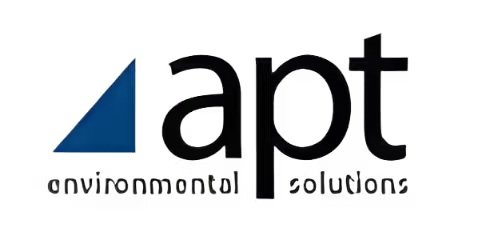Introduction: Prioritizing People in the Workplace
Every organization, regardless of size or industry, has one thing in common: its reliance on people. Yet, every year, millions of workers worldwide suffer injuries or illness due to unsafe work conditions. Occupational Safety Management Services (OSMS) are designed to prevent this by providing specialized solutions that protect employee health and well-being while ensuring legal compliance and enhancing operational efficiency.
By proactively identifying risks and implementing robust safety strategies, occupational safety management services do more than protect workers—they create resilient, high-performing organizations.
What Are Occupational Safety Management Services?
Occupational Safety Management Services are professional services focused on the development, implementation, and continual improvement of workplace safety systems. They are typically offered by safety consultants, third-party service providers, or internal EHS teams and aim to reduce workplace incidents, meet regulatory requirements, and build a culture of safety.
These services often include:
-
Workplace hazard assessments
-
Safety audits and inspections
-
Policy and procedure development
-
Employee safety training
-
Incident investigation and reporting
-
Compliance support with OSHA, ISO 45001, and other standards
Core Functions of Occupational Safety Management Services
1. Risk Assessment and Hazard Identification
Systematic identification of physical, chemical, ergonomic, and psychosocial hazards in the workplace. This includes task-based risk evaluations and job safety analysis (JSA).
2. Safety Program Development
Creation of customized safety policies, standard operating procedures (SOPs), and safety manuals tailored to specific industries and workplaces.
3. Compliance and Regulatory Support
Ensuring that the organization meets relevant occupational health and safety legislation and standards such as:
-
OSHA (Occupational Safety and Health Administration – U.S.)
-
ISO 45001 (International Standard for OH&S Management Systems)
-
National safety codes or industry-specific requirements
4. Training and Employee Engagement
Delivering safety training programs—ranging from general awareness to role-specific certification—empowers employees to act safely and responsibly.
5. Incident Investigation and Root Cause Analysis
When incidents occur, OSMS providers conduct thorough investigations to uncover root causes and implement corrective and preventive actions (CAPA).
Benefits of Occupational Safety Management Services
| Benefit | Impact |
|---|---|
| Reduced workplace accidents | Fewer injuries, fatalities, and related costs |
| Regulatory compliance | Avoid fines, legal actions, and shutdowns |
| Enhanced employee morale | Safer workplaces increase trust and job satisfaction |
| Increased productivity | Healthy workers perform better with fewer disruptions |
| Better insurance premiums | Lower claims result in reduced insurance costs |
Industries That Rely on OSMS
Occupational safety management is essential across sectors, but particularly critical in high-risk industries such as:
-
Construction and Engineering
-
Manufacturing and Warehousing
-
Oil, Gas, and Energy
-
Healthcare and Pharmaceuticals
-
Transport and Logistics
-
Mining and Heavy Industry
Each of these industries presents unique hazards that require customized safety solutions.
Digital Transformation in Occupational Safety
Modern safety management services are increasingly powered by technology:
-
EHS Software Platforms for tracking incidents, inspections, and training
-
Wearable Devices to monitor exposure, fatigue, and location in real-time
-
Mobile Safety Apps for on-the-go hazard reporting
-
AI and Predictive Analytics to forecast potential risks before they happen
-
Virtual Reality (VR) Training for immersive safety simulations
These innovations enhance the precision, efficiency, and responsiveness of occupational safety programs.
Challenges in Occupational Safety Management
| Challenge | Solution |
|---|---|
| Resistance to safety initiatives | Foster safety culture through leadership and engagement |
| Budget constraints | Highlight cost savings from injury prevention |
| Lack of data or visibility | Implement centralized EHS management systems |
| Inconsistent compliance practices | Standardize procedures and conduct regular audits |
Choosing the Right Safety Management Partner
When selecting an external provider or developing an in-house safety team, organizations should look for:
-
Proven industry experience
-
Knowledge of applicable standards and regulations
-
Strong communication and training capabilities
-
Access to modern safety technologies
-
A proactive, prevention-focused approach
Conclusion: Investing in Safety Is Investing in Success
Occupational Safety Management Services are more than a legal safeguard—they are a strategic asset. Organizations that invest in safety management not only protect lives but also build trust, reputation, and long-term business success.
By embedding safety into the DNA of the organization, companies can create a work environment where employees thrive, risks are minimized, and productivity soars.







